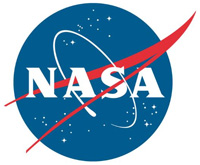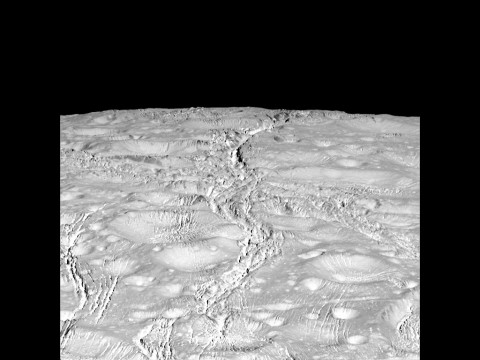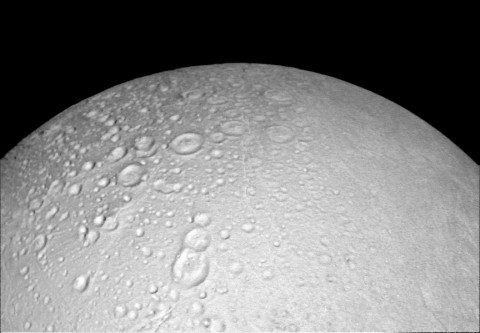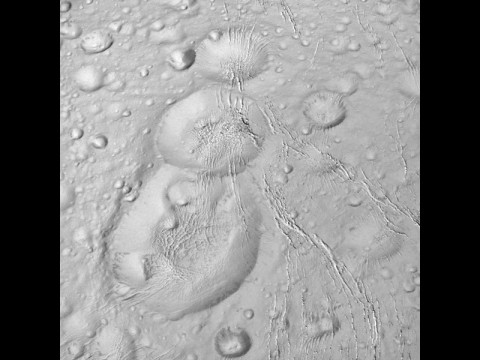Written by Preston Dyches
NASA’s Jet Propulsion Laboratory
 Pasadena, CA – NASA’s Cassini spacecraft has begun returning its best-ever views of the northern extremes of Saturn’s icy, ocean-bearing moon Enceladus.
Pasadena, CA – NASA’s Cassini spacecraft has begun returning its best-ever views of the northern extremes of Saturn’s icy, ocean-bearing moon Enceladus.
The spacecraft obtained the images during its October 14th flyby, passing 1,142 miles (1,839 kilometers) above the moon’s surface. Mission controllers say the spacecraft will continue transmitting images and other data from the encounter for the next several days.

“The northern regions are crisscrossed by a spidery network of gossamer-thin cracks that slice through the craters,” said Paul Helfenstein, a member of the Cassini imaging team at Cornell University, Ithaca, New York. “These thin cracks are ubiquitous on Enceladus, and now we see that they extend across the northern terrains as well.”

In addition to the processed images, unprocessed, or “raw,” images are posted on the Cassini mission website at:
http://saturn.jpl.nasa.gov/mission/flybys/enceladus20151014
Cassini’s next encounter with Enceladus is planned for October 28th, when the spacecraft will come within 30 miles (49 kilometers) of the moon’s south polar region.
Mission scientists are hopeful data from that flyby will provide evidence of how much hydrothermal activity is occurring in the moon’s ocean, along with more detailed insights about the ocean’s chemistry — both of which relate to the potential habitability of Enceladus.
Cassini’s final close Enceladus flyby will take place on December 19th, when the spacecraft will measure the amount of heat coming from the moon’s interior. The flyby will be at an altitude of 3,106 miles (4,999 kilometers).
An online toolkit for all three final Enceladus flybys is available at:
http://solarsystem.nasa.gov/finalflybys

The Cassini-Huygens mission is a cooperative project of NASA, ESA (European Space Agency) and the Italian Space Agency. NASA’s Jet Propulsion Laboratory in Pasadena, California, manages the mission for the agency’s Science Mission Directorate in Washington. JPL is a division of the California Institute of Technology in Pasadena.
The Cassini imaging operations center is based at the Space Science Institute in Boulder, Colorado.
For more information about Cassini, visit:
http://www.nasa.gov/cassini
http://saturn.jpl.nasa.gov


